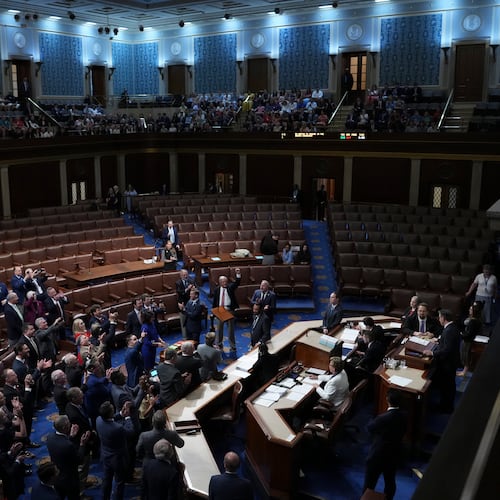“Your home is the biggest investment you will make, and is certain to go up in value.”
Many of us found the first half of that statement to be true, but the latter is now a lie. Not only can prices go down, but property taxes go up, roofs leak and a rash of floods can double your insurance rates. Suddenly your former landlord doesn’t seem like such a bad person after all.
Ownership is not for everyone these days. “The rentership society” has entered the lexicon in a world where mobility matters as much as price. How did this happen?
The evolution of housing policy over the years made it no surprise that the market took a big fall. The tax code and literally dozens of government programs were a big part of the mix. But the surprise was the speed at which that fall almost took down our financial system, largely because of the size of our government-sponsored enterprises such as Fannie Mae and Freddie Mac. They helped with the postwar-era goal of increasing homeownership and gradual price appreciation. Over time, though, they also built a political presence reported to be the largest in Washington, at almost one lobbyist per 11 members of Congress. This massive market was implicitly guaranteed by taxpayers and was the first really big domino to fall.
What about the outlook? A variety of short-term, push-button policies have since created an uneasy sense of stabilization, but the future is still unclear. Let’s list a few positives: mortgage delinquencies just came in at their lowest level since 2008. Foreclosures may be stabilizing. Ratios of rent and income to home prices are becoming more favorable to buyers. Permits are increasing in a few tight markets, including parts of intown Atlanta where teardowns are occurring again. Jobless claims, while still high, are near cycle lows, a hopeful sign as jobs are the real key to recovery.
Conversely, the most frightening item last week was a report that the Federal Housing Administration now has less than 0.3 percent capital to support its trillion-dollar loan portfolio, but wants to raise its conforming loan limit into the jumbo market. This loudly echoes Fannie and Freddie.
The problem is that the data are also distorted by the uniqueness of the Great Recession: quirks in foreclosure reporting, exhausted jobless benefits, investor buyers, and withheld listings called shadow inventory. Beyond the numbers, the debt ceiling debate and the 2012 election makes a real policy fix unlikely. Throw in uncertainty in Europe, and no one knows what interest rates and capital markets will do in the year ahead.
Elections, however, will bring a new political reality in 2013. We should think now about our longer-term housing market. It will be a political and emotional debate, but one that ties in logically to many of today’s tax simplification proposals.
In an interview, the late Steve Jobs said something to the effect of, “I like to start each day with one simple goal and make sure I get it done.” One simple, good idea would be to permanently restore the GSEs to their original role of securitizing only 80/20 mortgages, meaning 20 percent downpayments are in the mix. It may need to be done gradually, but also subject them to the Sarbanes-Oxley Act like everyone else, strictly limit their capital structure and strictly limit their lobbying.
If needed, let the more entrepreneurial and risky programs occur on-budget in other agencies that have a chance of appearing in the light of day or, even better, in the private sector when and if it ever becomes a level playing field.
Jim Grissett, a principal with the Parthenon Group, is a real estate investor, adviser and adjunct professor of real estate finance at Emory University.
About the Author
Keep Reading
The Latest
Featured


